Rental properties can provide a great source of consistent income. Still, some mortgage lenders may be unwilling to approve conventional loans for those who rely on rental income rather than traditional employment.
Thankfully, there’s another option if you find it difficult to access traditional mortgages: no-doc mortgage loans.
What is a No Income Verification Mortgage?
No income verification mortgages are typically geared toward real estate investors, who purchase investment properties rather than a primary residence.
A no-doc loan does not require the typical documentation of a conventional home loan, such as tax returns and pay stubs. Instead, the lender will look at your bank statements or the property’s potential income to identify whether you can cover your mortgage payments with your typical cash flow.
No-doc loans are often used by self-employed individuals who are not eligible for a traditional loan due to these lenders’ income verification requirements.
It is important to note that these no-doc mortgages are not the same as stated income loans, which were available before the financial crisis of 2008.
Stated income loans allowed borrowers to bypass standard income documentation and provide no evidence of their qualifying income through bank statements or rental agreements. Lenders could not fully gauge the borrower’s ability to cover their monthly payments, making them dangerous for lenders and borrowers.
No-Doc Mortgage vs Traditional Mortgage
Traditional and no-doc mortgages need proof that you can cover loan payments, but they use different benchmarks to identify this.
Unlike documentation loans, which require net income verification through tax returns and pay stubs, no-doc mortgages work differently. These loans rely on verified assets, such as real property or bank statements, to determine loan approval.
Each type of mortgage also uses credit scores as part of the process, identifying potential interest rates based on both the credit score and the down payment.
Types of No Income Verification Loans
There are several types of no-doc mortgage loans, depending on your particular goals as a borrower. The main types include:
- NINA Loans: No-Income, No-Asset (NINA) loans are also called Debt Service Coverage Ratio loans. (DSCR) loans. Mortgage lenders use the DSCR calculation to determine whether the rental income from the property is sufficient to cover its monthly mortgage payments. This type of loan does not require borrowers to disclose their income or assets, relying instead on the property’s income potential. These are primarily used by real estate investors.
- NIVA Loans: No Income, Verified Asset (NIVA) uses your current assets, such as money in your savings accounts or investment account statements, to approve you for a loan.
- Bank Statement Loans: These types of no-income verification mortgages analyze your cash flow using your bank statement to determine whether you are making enough monthly to cover your debts.
- NINJA Loans: NINJA loan stands for No-Income, No-Job, No-Assets loan. These risky loans did not require any documentation of assets or income and are not widely available anymore. You can still get a stated income loan, but you need to show some assets; these are called SIVA loans (Stated Income, Verified Assets).
1. DSCR Loans
A NINA loan, or DSCR, is geared toward the property’s income rather than the borrower’s assets. DSCR loans are an excellent choice for a real estate investor who intends to cover their monthly mortgage payment with their rental income.
The name comes from the Debt Service Coverage Ratio, which mortgage lenders use to identify whether your property should be approved. They will take the property income, proven through previous leases or market rent analysis, and divide it by the property’s debts, like mortgage payments and taxes. If the ratio is above 1, the property is producing income.
Because these loans are riskier, you need a higher credit score than you would for a typical loan. You must also provide a larger down payment to help protect the lender.
2. Bank Statement Loans
Bank statement loans are a no-income mortgage product geared toward self-employed borrowers who may file multiple tax returns, making the loan application process very complicated.
With a bank statement loan, you provide bank statements from the past 12 to 24 months to demonstrate a steady income stream, even without pay stubs. The deposits in these statements are used to calculate your monthly income and determine your ability to afford the home loan based on your typical earnings.
As with a DSCR loan, expect to need a higher credit score and a larger deposit compared to other mortgage loans.
Who Qualifies For a No Income Verification Mortgage?
You may qualify for a no-income verification mortgage if you have a strong cash flow, a high credit score, and can provide a significant amount of deposit.
Different types of no-doc loans are open to specific groups. A DSCR loan is used solely for investment properties, while a bank statement loan can be used for an investment or a primary residence. These loans use different metrics to identify suitable candidates.
Typical Requirements for No-Doc Mortgages
While a no-income verification mortgage is a great option if you have nontraditional income, this does not necessarily mean it is easy to get one.
Because these are riskier products, lenders will have stricter criteria for approval than lending to someone with a traditional source of income.
No-income loans require higher credit scores and larger down payments. Expect to have a credit score of at least 680 and provide significantly more upfront. DSCR loans generally need at least a 20% down payment, while a bank statement mortgage will need at least a 10% down payment. You will also need to cover closing costs ranging from 3% to 7%.
For a DSCR loan, you must have documentation proving that the rental property will have a positive cash flow when considering all of its expenses. With a bank statement no-income verification loan, you will have to provide up to two years worth of bank statements that will be used to calculate your monthly income.
Also, no-income verification mortgages come with a higher interest rate to mitigate lender risk.
Pros and Cons of No Income Verification Loan
A no-income verification mortgage can be an excellent tool for investors and self-employed borrowers, but it does have drawbacks. You must weigh the pros and cons before applying, including these key points.
Pros
-
Faster Approval
Because lenders do not need to look at tax returns and pay stubs, you can often get your loan much faster.
-
Perfect for Self-Employed Borrowers
Traditional lenders want the standard documentation, but no-doc mortgage lenders are more flexible and will accept different forms of documentation.
-
Income Changes Won’t Disqualify You
If you’re looking for a DSCR loan, a dip in your other income won’t lessen your approval odds because lenders are only looking at the income of the given property.
Cons
-
Higher Interest Rate
You will pay far more interest than other loans.
-
Excellent Borrower Profile Necessary
Lenders want a much higher FICO score than they would for a conventional mortgage.
-
Higher Down Payment
Depending on the loan type, you may need to provide up to 25% down, which can be difficult to manage if you have no income.
How to Apply for No Income Verification Loans?
It’s easy to apply for a no-income verification loan. As with other loan types, you’ll request a quote describing the type and use of the property, its location, its cost, your credit score, and how much you will put down.
We’ll then assess your needs and find the right products for you so that you can gather your documentation and prepare for the loan process.
Alternatives to No Income Verification Mortgage
If you’re not a real estate investor or a business owner, you may have better options than a no-income verification mortgage, including government-backed loans. You can also seek down payment assistance programs to help ease the upfront costs of home ownership.
-
FHA Loans
FHA loans are ideal for borrowers with lower FICO scores who might face high interest rates with conventional mortgages. With a decent borrower profile, you can make a down payment as low as 3.5%, but if your credit score is very low, a 10% down payment is required. FHA loans often have lower interest rates, easing the financial burden for borrowers.
The downside is that FHA loan limits are much lower than for conventional loans, which means you cannot purchase a high-value property. This limit may price you out of certain markets.
-
VA Loans
The Department of Veterans Affairs provides VA loans for retired or active service members who meet their specific qualifications. These programs offer a 0% deposit and are more flexible in terms of borrower profiles. Lenders know that should the borrower default, the government will help compensate them.
You will also not have to pay any private mortgage insurance, which reduces your monthly bills.
-
Down Payment Assistance Programs
Down payment assistance programs are ideal for those who qualify for a mortgage but do not have significant cash reserves for the upfront costs of a home purchase. If you have great financial health but low savings, this can help you qualify by covering some of the costs with a second loan.
Sometimes, you can also receive grants that you won’t have to pay back, further reducing the barriers to home ownership.
Summary
If you can’t qualify for a traditional mortgage or are seeking to buy investment homes, a no-income verification mortgage may be an excellent option for you.
No-income verification mortgages don’t need the extensive financial documentation of other products, though they require a top-notch borrower profile. This makes investment or home ownership easier for those who do not fit the traditional documentation requirements of conventional mortgages but can still afford their loan.
If you’re interested in a no-income verification mortgage, get in touch with us today. You can also get a free quote in just a few minutes or check out today’s rates for a better idea of what you can afford.
No Income Verification Mortgage FAQs
Can You Buy a House With No Source of Income?
Yes, you can. A no-income verification mortgage allows you to purchase a property if you do not have a source of income but have significant assets or are purchasing an income-producing property like a rental. You will need to prove that you have assets that can be used as collateral, like other investments, or that the property will cover its debts.
Do No-Income Verification Loans Have Higher Interest Rates?
No-doc mortgages have higher rates because they are riskier for the lender. You must consider this carefully when seeking a no-income verification loan, as it can significantly reduce your income potential and make it more difficult to cover your debts.
Can I Get a Mortgage if I Get Paid in Cash?
Yes, you can be approved for a no-doc mortgage if you get paid in cash, as long as you can provide documentation that proves the deposits.
Can You Get a Mortgage Without a Job?
Yes, you can get a mortgage without a job if you have a reported passive source of income or sufficient assets. No-income verification mortgages allow you to secure funding based on these criteria, as lenders consider passive income or assets to cover the mortgage balance in case of default.

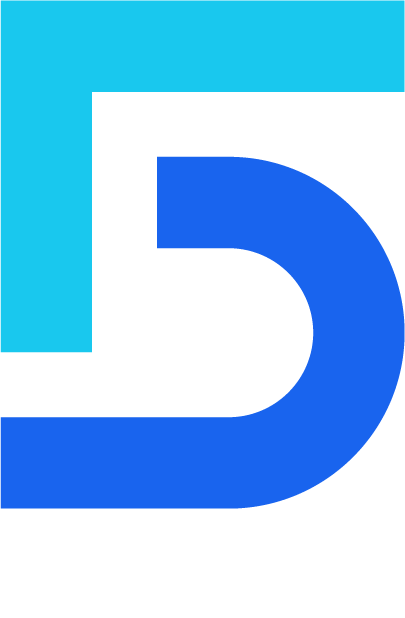
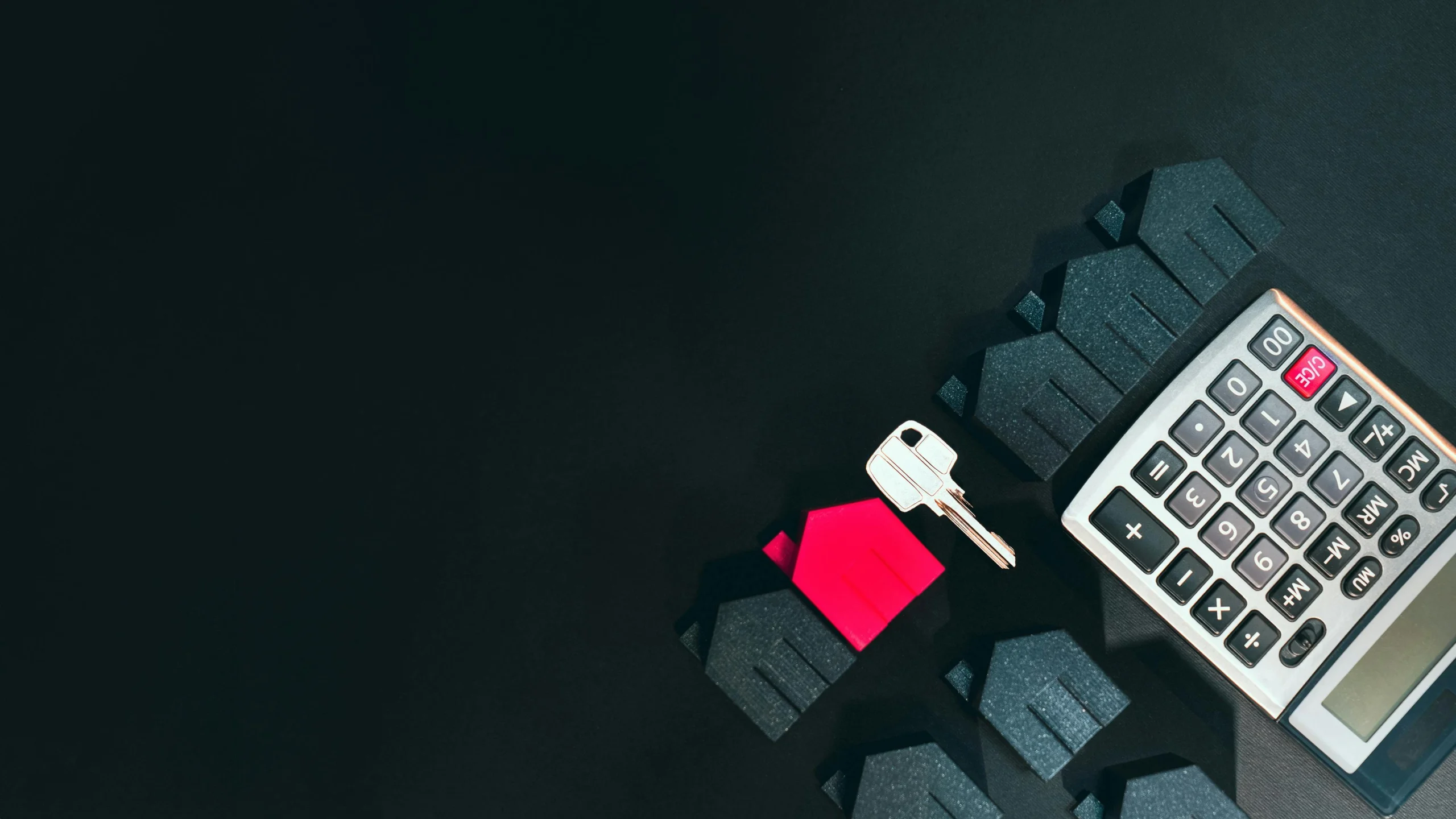


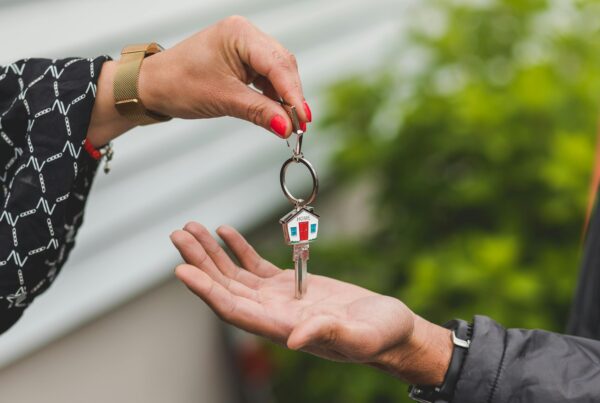
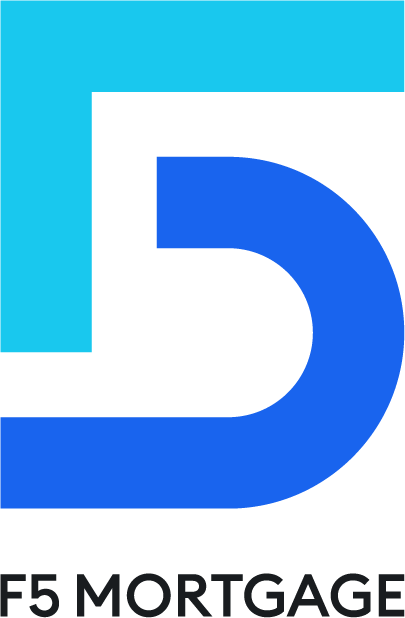
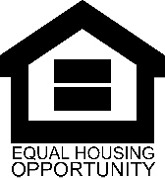

Thank you for your sharing. I am worried that I lack creative ideas. It is your article that makes me full of hope. Thank you. But, I have a question, can you help me?